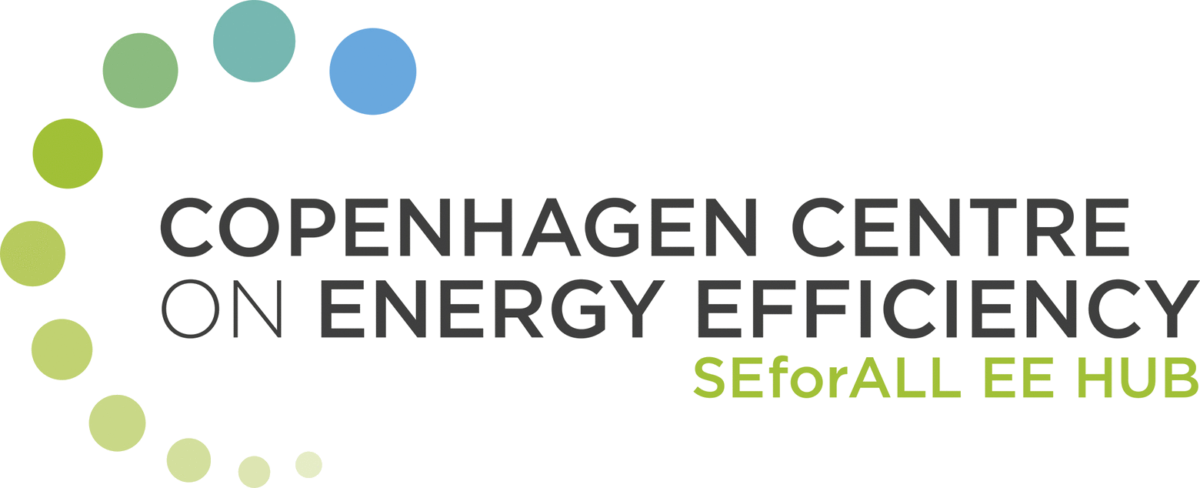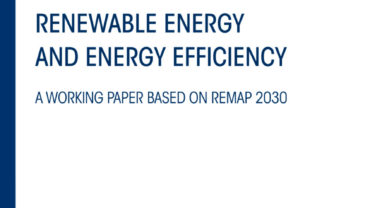One of the most aggregated indicators that is commonly used as a proxy for energy efficiency is energy intensity, typically represented by the ratio of the quantity of energy consumption in primary form per unit of economic output (Banerjee et al., 2013). Energy intensity was adopted as the indicator to measure the rate of energy efficiency improvement under the SE4ALL initiative (Banerjee et al., 2013) and is used in the analysis for this paper. However, the scientific community has recognised that the effectiveness of this indicator is limited, as energy intensity can in reality be driven by factors which are not directly linked to energy efficiency, such as structural changes in the economy (Trudeau and Murray, 2011). This makes it necessary to explore alternative indicators to measure the changes in energy efficiency.
Share this
Sector: Cross cutting
Country / Region: Global
Tags: aggregated indicators, assessment of the status quo, efficiency indicators, energy, energy efficiency, energy intensityKnowledge Object: eLearning
Published by: Aristeidis Tsakiris
Publishing year: 2017
Content:


